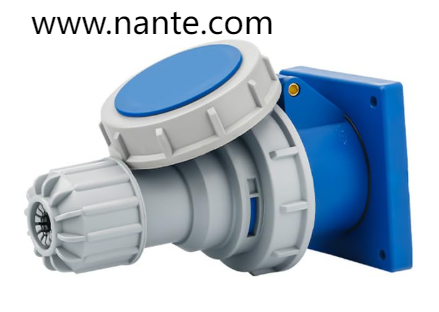-
Новости
- ИССЛЕДОВАТЬ
-
Страницы
-
Группы
-
Статьи пользователей
-
Форумы
How Should Installers Prepare Concealed Sockets For Sensor Upgrades

In busy production halls where downtime costs money, an Industrial concealed socket can become more than a power point when fitted with modest sensing and edge compute. Embedding current probes, voltage taps and a temperature module inside a recessed unit turns a passive item into a local health node. With factory floors adopting edge computing and industrial networks at pace, that discreet intelligence helps teams spot anomalies and act before a line stops.
Edge level sensing keeps the data stream lean. Rather than sending every raw sample to a central server a tiny controller at the outlet can summarize trends and send only alerts or compressed summaries. That reduces network congestion and makes it practical to observe many outlets across a site without large bandwidth cost. When a junction shows an unusual rise in draw or a slow warming pattern the local unit can flag maintenance staff and annotate a record for later analysis.
Practical design matters. A compact sensing board must sit where it reads true conditions so a thermal element should couple to the contact carrier or face plate rather than float in air. Current sensing also needs careful routing and insulation so signals remain accurate and so sealing is not compromised. Service friendly mounting and plug in modules let technicians replace a failed monitor without disturbing the main feed or breaking seals that protect the internals from dust or spray.
Security and integration go hand in hand. Any endpoint that reports health data must authenticate with the plant gateway and use a controlled channel so operational networks remain isolated from general traffic. Role based access and simple encryption prevent accidental configuration changes while letting maintenance apps receive timely alerts. When telemetry flows to the operations dashboard staff can triage and schedule a repair in a planned window rather than chasing an urgent fault.
Use cases are immediate and relatable. A slow current rise at a power point that feeds a motor often precedes bearing wear or belt drag. A modest temperature trend inside the housing signals a loose clamp or a degrading contact. When these patterns appear, crews can target a short inspection and swap a worn insert during a scheduled break. That approach shortens unplanned stops and reduces the scramble that comes with overnight failures.
Energy management benefits too. Aggregated outlet data helps energy teams smooth peaks by shifting non critical loads or sequencing start up for heavy items. When sockets report momentary surges and longer term averages operations can stage loads to reduce generator cycling and avoid nuisance trips. Small adjustments informed by local readings add up when applied across many connection points.
Rolling out sensing in concealed housings works best in stages. Start with a handful of points feeding critical assets and watch how alerts correlate with known maintenance events. Use those early results to tune thresholds and to refine message routing so teams see only meaningful warnings. Pilot scale learning guides a wider deployment and helps justify incremental investment with concrete evidence.
Installers will appreciate modularity. A standard frame that accepts plug in sensor cards keeps spares small and service quick. Clear labels and simple mechanical keys prevent misinstall while wiring notes and recommended gland sizes help preserve sealing during upgrades. When supplier documentation includes torque values and mounting guidance, crews avoid improvisation that could undermine long term reliability.
If your plant is exploring ways to add device level visibility without large civil work, consider concealed units that blend sealed protection with modular sensing options. Product pages and accessory lists that show compatible modules mounting frames and spare parts help planners match hardware to service routines. For detailed product imagery and supplier notes that support specification and rollout planning visit www.nante.com where documentation assists teams choosing sensor ready housings and installation accessories.
- Art
- Causes
- Crafts
- Dance
- Drinks
- Film
- Fitness
- Food
- Игры
- Gardening
- Health
- Главная
- Literature
- Music
- Networking
- Другое
- Party
- Religion
- Shopping
- Sports
- Theater
- Wellness

